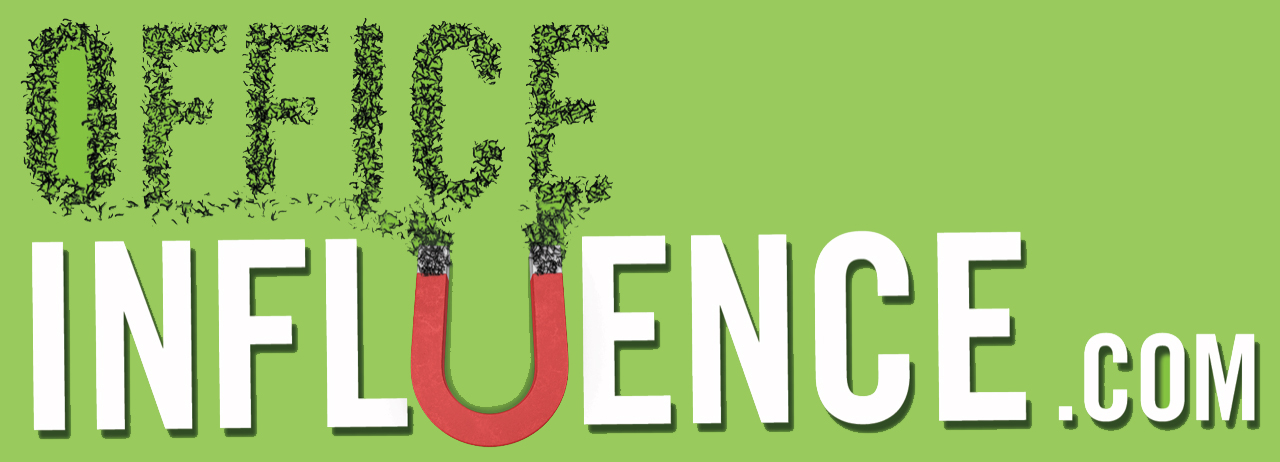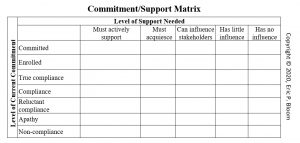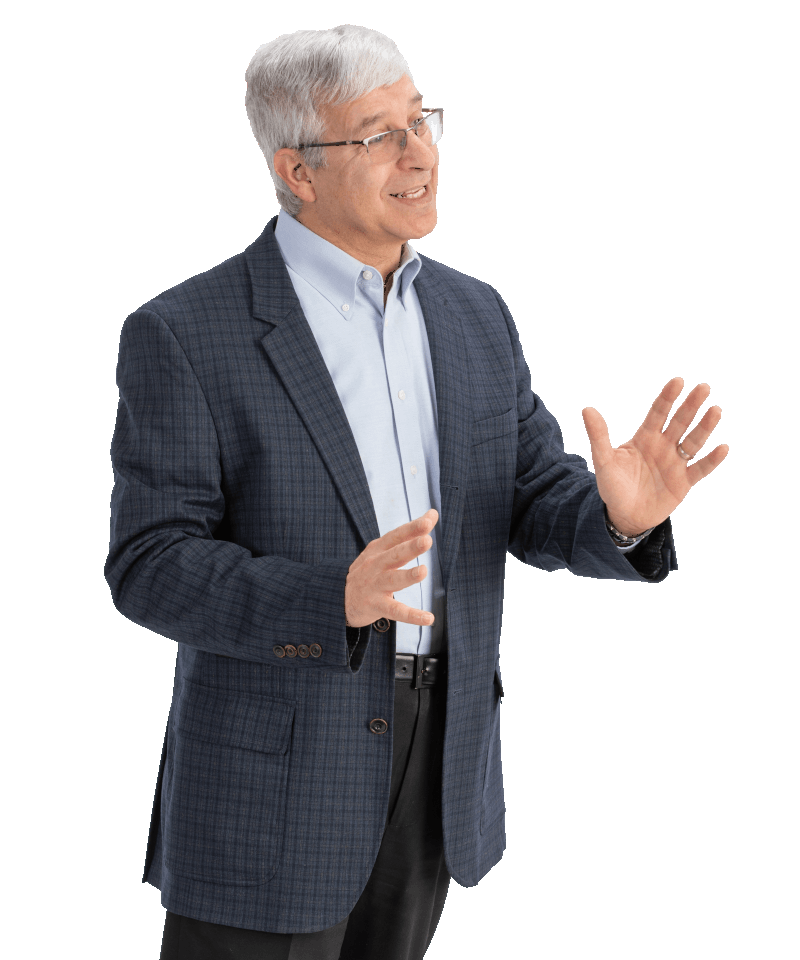Situational influence, as the name suggests, is the level of influence at the current moment. Historically, this topic is heavily discussed and analyzed in marketing and psychology. This blog provides a brief overview of situational influence from these two important perspectives, then expands on them into my area of study: influence between individuals in the workplace.
In the marketing world, situational influence is a deeply researched, well-known, and respected area of research, focused on producing best practices for creating an environment in which customers buy products in physical locations, and more recently, internet-based retail outlets. It considers customer-based buying factors, such as the product’s physical surroundings, customers’ social interaction with others, the emotional reason to buy, immediacy of product availability, and other related factors. The next time you walk into a store and wonder why you are tempted to buy products you originally had no intention of purchasing, it’s because of thoughtful implementation of this area of research.
In the psychology world, situational influence is also a deeply researched, well-known, and respected area. The intent is to understand and assist patients in improving their lives, dealing with illness, and coping with life’s other difficulties. For example, the Actor-Partner Interdependence Model analyzes the relationship and interdependency between two individuals, often when one is dealing with an issue such as depression and the other is the spouse or another family member, with the goal of enhancing patient and family wellbeing.
In the workplace, situational influence combines and expands on these two previous areas of study in the following way: It includes what makes people want to “buy” and the “interdependency” between coworkers in the office. The combination of these two factors provides the “How to do it” and “Why it works” when influencing others within the workplace.
Workplace Situational Influence
In the workplace, all influence is situational. Understanding your relative level of knowledge and control compared to others is key in assessing your ability to influence them. Your workplace situational influence is comprised of two main factors:
- Situational knowledge
- Situational audience
Situational knowledge is how much you know about the topic currently being discussed. For example, an organic farmer may not have much influence over an upcoming bake sale at their child’s school, but if the organizers decide to produce more natural options, the farmer’s opinion becomes more influential.
Situational audience refers to your level of influential-power related to the specific person or people you are trying to influence. There are two types of situational audience: organizational and social.
Organizational influence refers to your relative level of organizational power, as compared to the individual, group, or audience you are trying to influence. For example, if you are a project manager, you will have greater influence over those working on your team than you will over your boss or the key project stakeholders who will be evaluating your project’s success.
Social influence refers to situations with no formal organizational structure, for example, when talking to friends or speaking in a public forum, like a professional association or industry group. Generally speaking, your level of influence depends upon your audience’s level of interest. They may exhibit interest, neutrality, or reluctance toward your project. For example, if you are rolling out a new travel expense reporting system within your company, those who don’t travel as part of their jobs won’t care, those who don’t like the previous process will be interested, and those who like the current system will be reluctant.
Using the Workplace Situational Influence Concept to Your Advantage
The concepts of situational knowledge and situational audience can be used to your advantage in various ways, including:
Picking your battles
Understanding your relative level of knowledge and organizational power can help you decide which office scenarios (for example, negotiations, conflicts, projects, presentations, etc.) to embrace and which to avoid. Making the correct decisions can minimize your business risk, steer you away from internal political landmines, and allow you to strategically select the projects and interpersonal interactions that play to your strengths, not your weaknesses.
Preparing for meetings
The lower your organizational power, the greater your need to gain influence and control using situational knowledge. In other words, if you cannot control the room using political strength, you can still control it using knowledge. If you can’t be the boss, be the expert.
Knowing when to request assistance
If influence is required to achieve a specific outcome, and you have neither the organizational power nor the needed level of topic knowledge, bring a higher-ranking employee, your boss for example, or a subject matter expert who can talk on your behalf.
Detecting when you are being set up for a fall
Presenting to a group when you have neither the organizational power nor a greater topical knowledge than the audience is a recipe for disaster. A strong understanding of your situational knowledge and audience helps you avoid these types of situations or, at a minimum, warns you that peril may be ahead, allowing you to be properly prepared to protect yourself.
Prioritizing personal learning
When you understand the knowledge required to put you on equal or greater footing with those whom you are trying to influence, you can prioritize the order of your personal training classes, internet research, and other knowledge-gathering activities.





